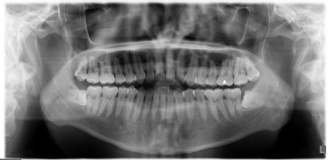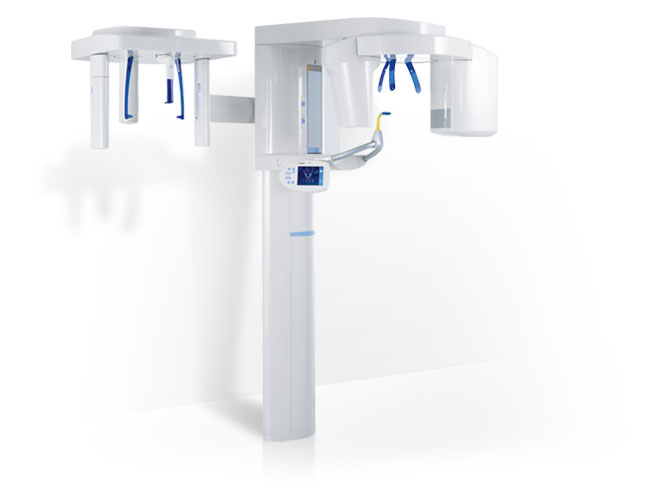

Our practice uses only digital radiography for X-rays and we are one of very few practices in New Zealand that also offer Cone Beam CTs as well for multiple applications. The physical process for digital radiography is actually similar to traditional dental X-rays that use film: With in mouth digital radiography, your dentist inserts a plate into your mouth to capture images of your teeth — but that’s where the similarities between conventional and digital dental X-rays end. Although it resembles the film used for bitewings and other X-rays in the past, the digital plate is scanned by a computer. Once the X-ray is taken, the image is projected immediately on a screen for you to view.
There are several benefits to using digital radiography over traditional film X-rays:
Low Radiation — The equipment used in digital radiography exposes dental patients to much less radiation. In fact, digital X-rays use up to 90 percent less radiation than film X-rays.
Shorter Dental Appointments — With traditional dental X-rays, you’ll have to wait while your dentist develops the film. With digital radiography, the plate develops the picture almost instantly and projects it onto a computer screen right before your eyes.
Higher Quality Images — The standard size of traditional X-rays can make viewing difficult, but digital radiography has done away with the “one size fits all” mentality. Once on the screen, digital X-rays can be enlarged or magnified for a better visual of the tooth’s structure. Brightness, contrast and color can also be adjusted, allowing your dentist to see small cavities easier. If you need a hard copy of your X-ray, digital images can also be printed out.
Transferring Dental Records — Digital images can be e-mailed to a dental specialist for immediate review. Digital X-rays are taking away the expense and time needed to copy files and mail them to another dentist, making it easier to transfer dental records or get a second opinion.